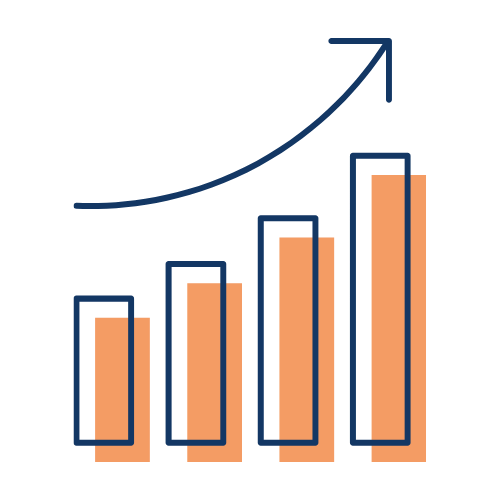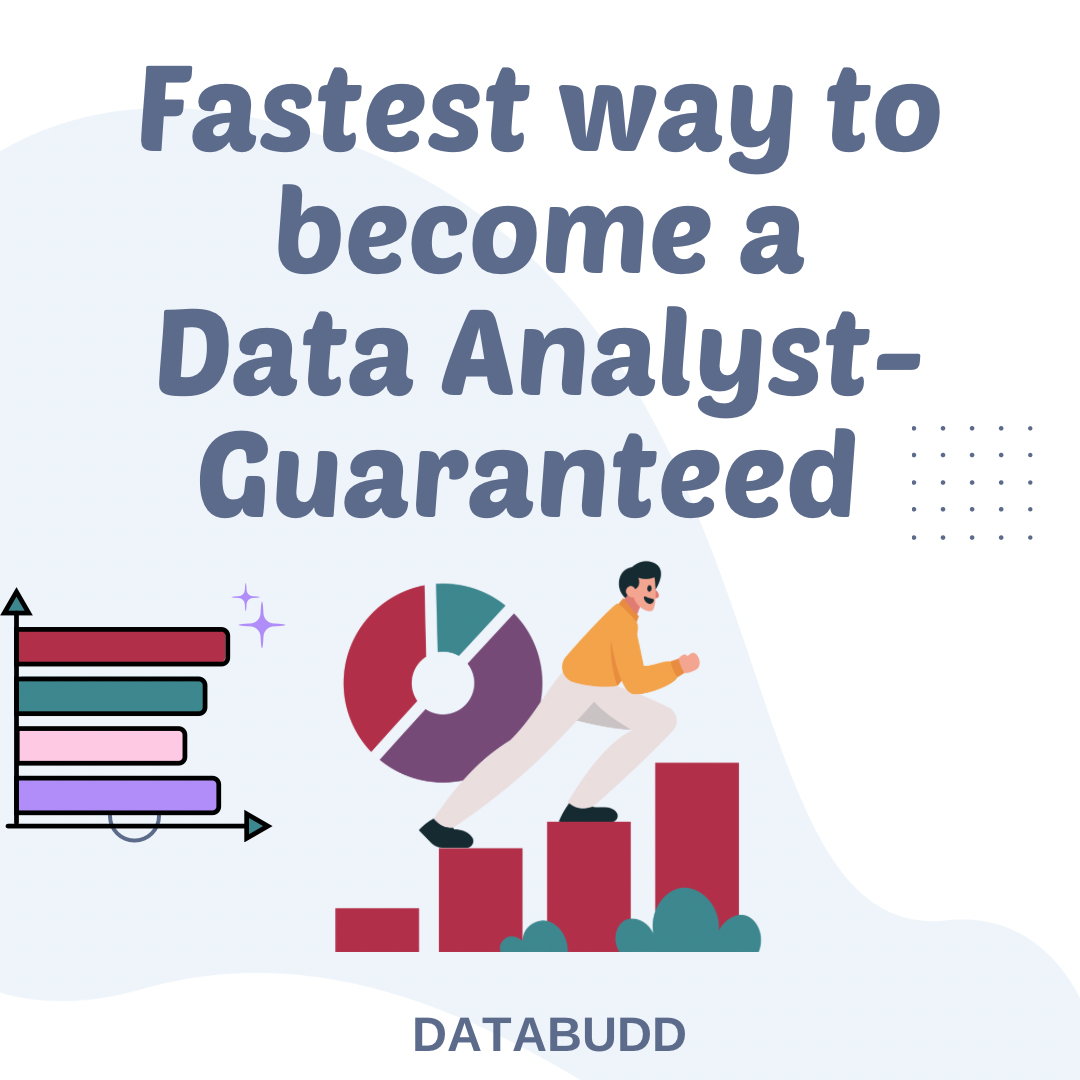The Fastest Way to Become a Data Analyst - Guaranteed
Introduction:
Are you eager to become a data analyst but unsure of where to start? In the ever-evolving landscape of data analytics, it's essential to have a clear roadmap to achieve your goals. This blog post will guide you through the exact steps to go from zero experience to landing a full-time data analyst job. We'll break it down into three phases: Skill Building, Creating Projects, and Job Hunting. The best part? These three phases are interconnected, making your journey more efficient. Let's dive in!
Phase 1: Skill Building
Excel:
Start your data analyst journey by mastering Excel. This ubiquitous tool is used by stakeholders, including your boss, CEO, or clients. Understanding formulas, functions, charts, pivot tables, and dashboards in Excel is crucial. You might even consider learning the basics of Visual Basic Analysis (VBA) and macros, although detailed knowledge is not essential.
To learn Excel, you can find ample resources on YouTube, Udemy, or Skillshare. While certification is optional, it can add value to your resume. Udemy and Coursera offer affordable courses, but if you have budget constraints, prioritize other skills as Excel is not a core tool in data analysis.
Data Visualization:
As a data analyst, your primary responsibility is to analyze data, identify trends, and present your findings to stakeholders. To achieve this, you need expertise in data visualization tools such as Tableau or PowerBI.
Excel is not suitable for handling large datasets, so opt for Tableau or PowerBI. While both are excellent options, Tableau is widely used in enterprises for analyzing vast amounts of data. However, if you learn one, transitioning to the other will be relatively easy. Tableau Public offers a free tier, and PowerBI also has a free tier for you to practice and build your skills.
Dedicate around one to two months to learning these tools, focusing on building interactive dashboards, data cleaning, analysis, and creating calculations.
Programming Language:
Python To excel as a data analyst, it's essential to learn a programming language. Python is highly recommended due to its versatility and extensive use in the data analytics space. Python offers numerous libraries and tools, including NumPy, Pandas, and Matplotlib, making it ideal for data cleaning, transformation, and analysis. It also provides capabilities for machine learning and predictive modeling, although a basic understanding will suffice for a data analyst role.
Allocate approximately two to three months to establish a strong foundation in Python.
By the end of Phase 1, you would have invested approximately five months in skill building, which is commendable. Remember, the timeline may vary for each individual.
Phase 2: Creating Projects
Projects play a crucial role throughout your skill-building journey. As soon as you acquire a new skill, start thinking about how you can apply it to create exciting projects. Here's an example for each skill:
For Excel:
Build a dashboard showcasing the stock market trends of a popular exchange like FTX. Demonstrate your expertise in formulas, pivot tables, charts, and slicers. Make it engaging and informative.
For Tableau/PowerBI:
Create a multi-page dashboard illustrating a company's order and sales data. You can find relevant datasets on platforms like Kaggle. Explore datasets related to sales and delve into analyzing and visualizing the data using your chosen tool.
For Python:
Utilize datasets from Kaggle or other sources to perform data cleaning, calculations, and even sentiment analysis. For instance, scrape Elon Musk's tweets using the Python library scrapy, clean the data, and employ sentiment analysis techniques. Document your work and create a GitHub repository to showcase your projects.
Strive to complete 15 to 20 projects, ensuring each project is well-documented. Maintaining a record of the steps you took, the achieved results, and the challenges you encountered will be valuable for your portfolio. Your projects serve as practical experience, compensating for your lack of professional work experience.
Phase 3: Job Hunting
Job hunting can be challenging as it involves factors beyond your control. However, armed with the skills and projects you've developed, you can enhance your chances of securing a data analyst role.
Revamp your resume:
Divide your resume into three sections: About Me, Skills, and Projects. In the About Me section, include your name, location, contact details, and education. Additionally, provide a brief introduction highlighting your passion for data analytics, skills gained through personal projects, and eagerness to contribute to a data-driven team. Customize this section to reflect your aspirations and problem-solving abilities.
List your skills:
In the Skills section, create a bullet-point list of your competencies. Start with the most in-demand skills like Python, Tableau/PowerBI, and Excel. You can also include other relevant skills, such as MS Office proficiency and time management.
Highlight your projects:
In the Projects section (replacing the typical Work Experience section for now), showcase your top three to four projects. State the project name, the time taken to complete it, your duties during the project, and the outcomes achieved. Include a link to a Google Doc or your GitHub repository where potential employers can explore your other projects.
Apply and persevere:
Once your resume is tailored to reflect your skills and projects, start applying for data analyst positions. Remember, job hunting can be time-consuming and often involves persistence. Stay motivated, keep applying, and don't give up. The right opportunity will come your way.
Conclusion:
By following this roadmap, you can become a data analyst within a relatively short timeframe. The three phases of Skill Building, Creating Projects, and Job Hunting work together harmoniously to propel you toward your goal. Remember to adapt the timeline and adjust the strategies to fit your circumstances and learning pace. Stay determined, build a solid portfolio of projects, and embrace the challenges that come your way. Good luck on your journey to becoming a data analyst!
Subscribe for more insightful content and until next time!


